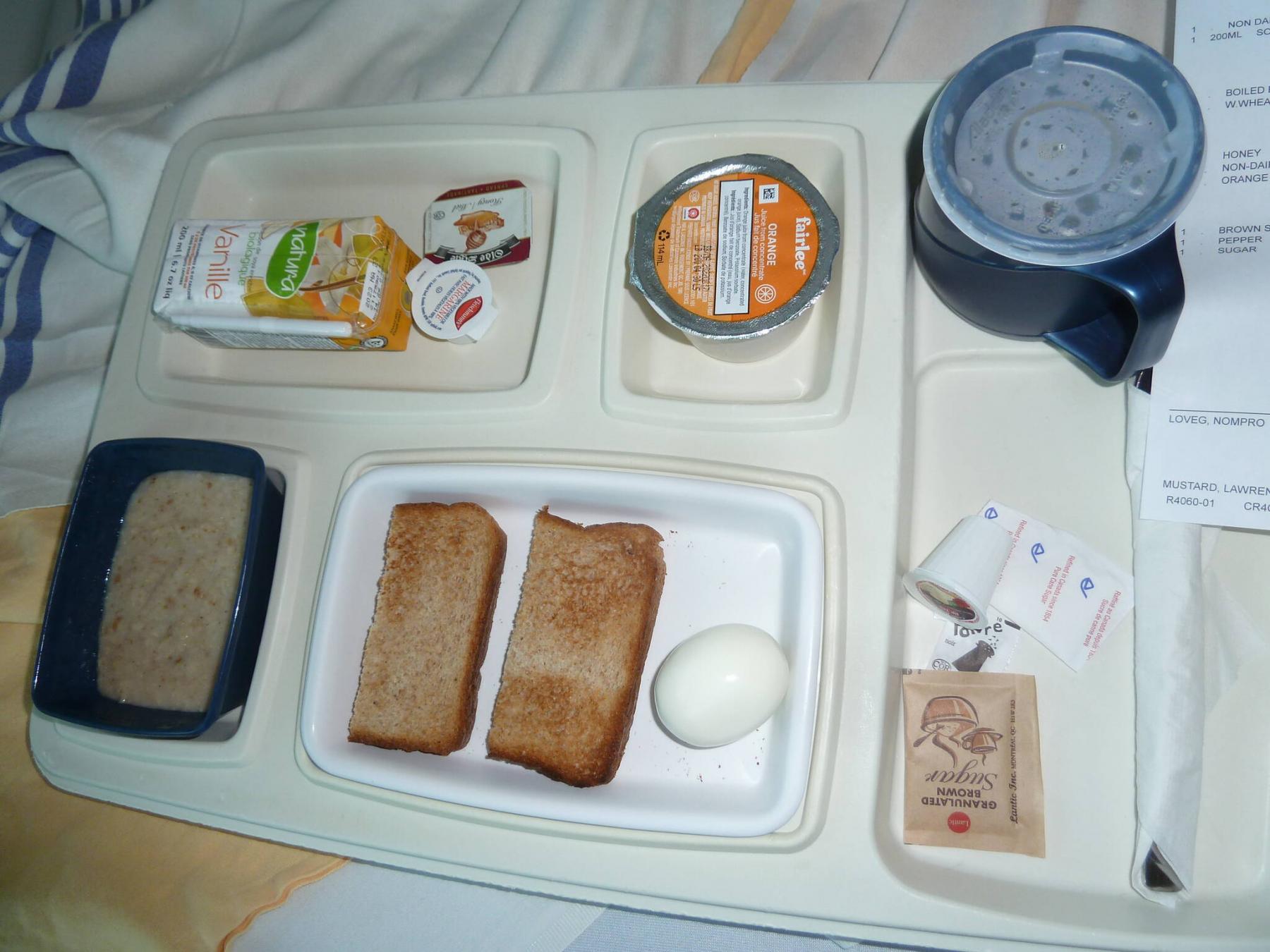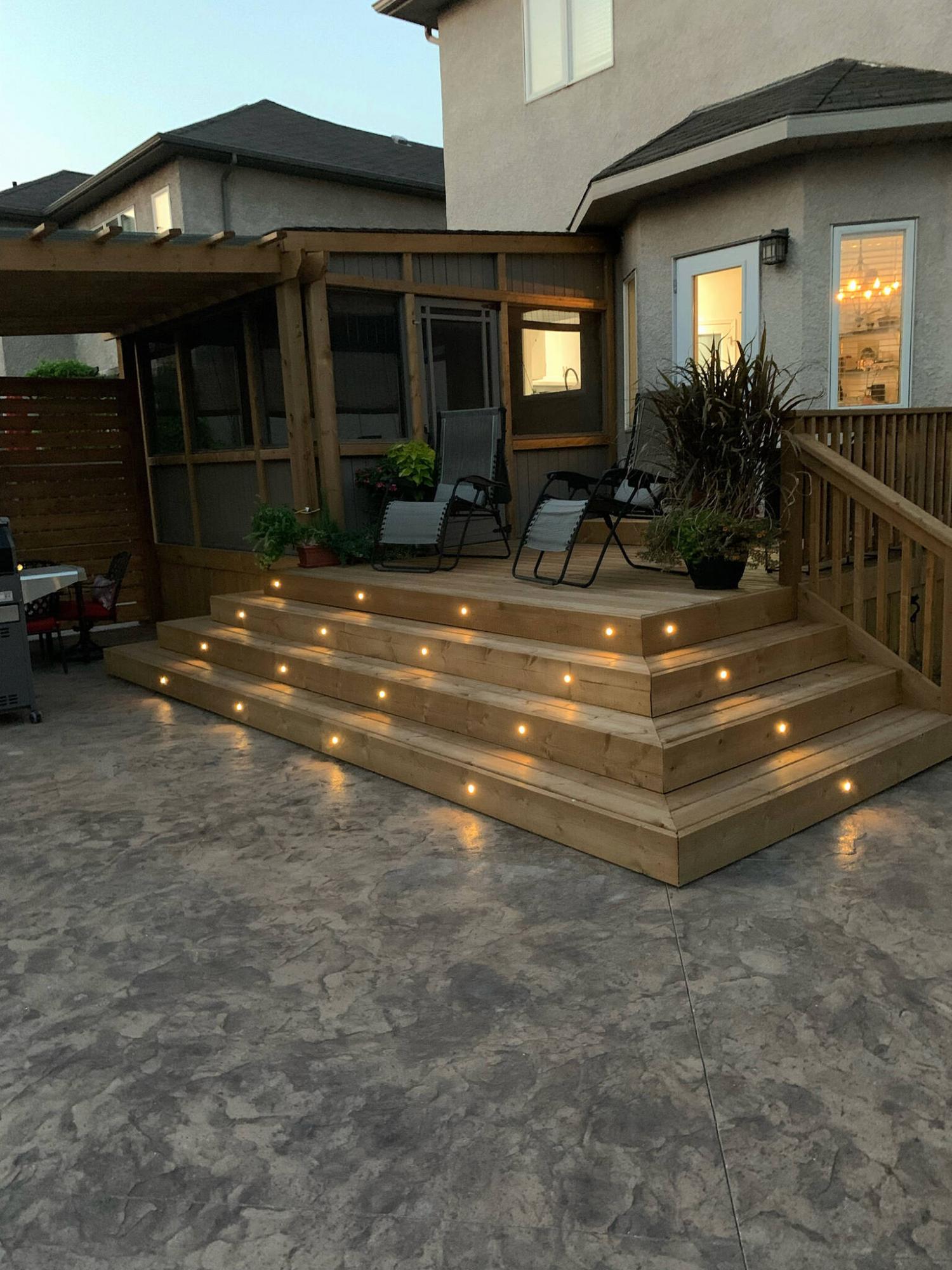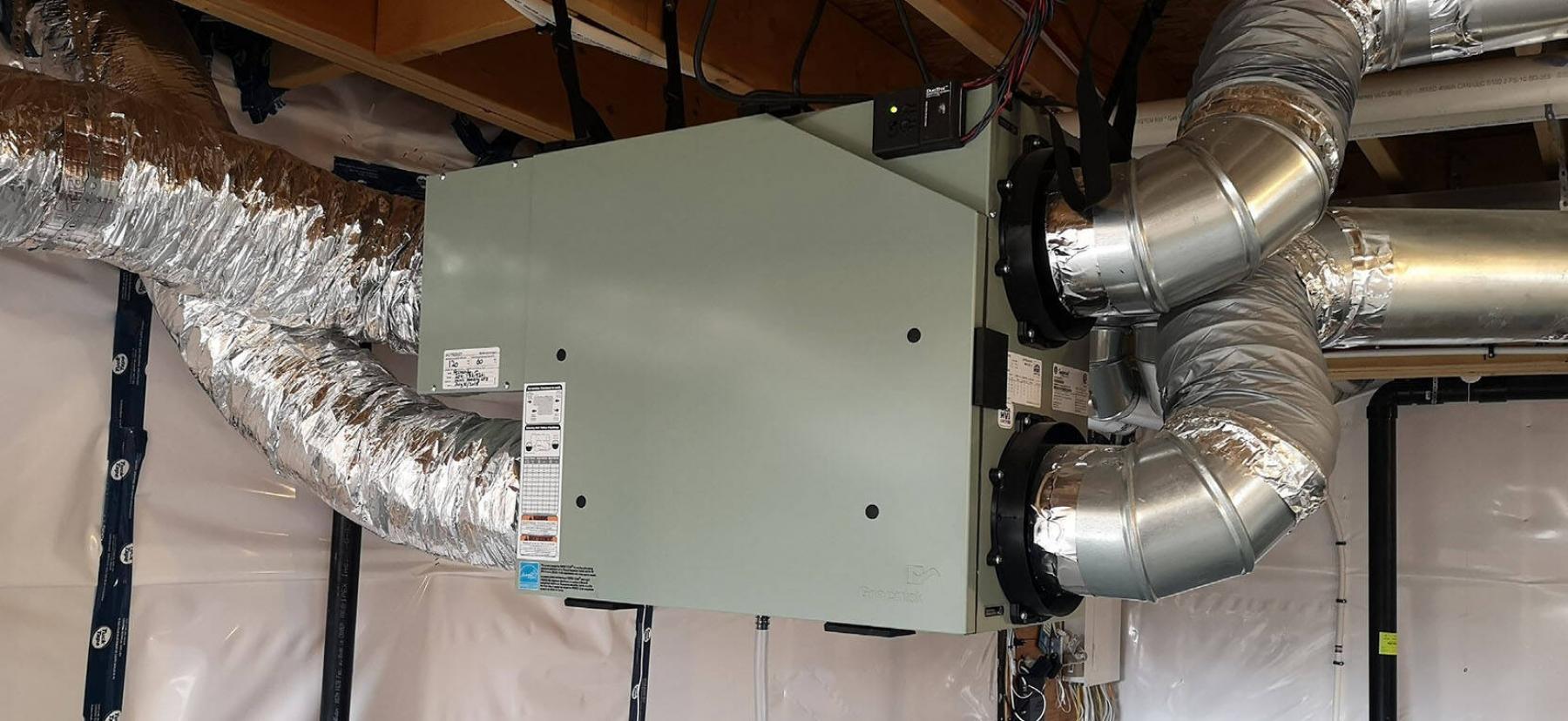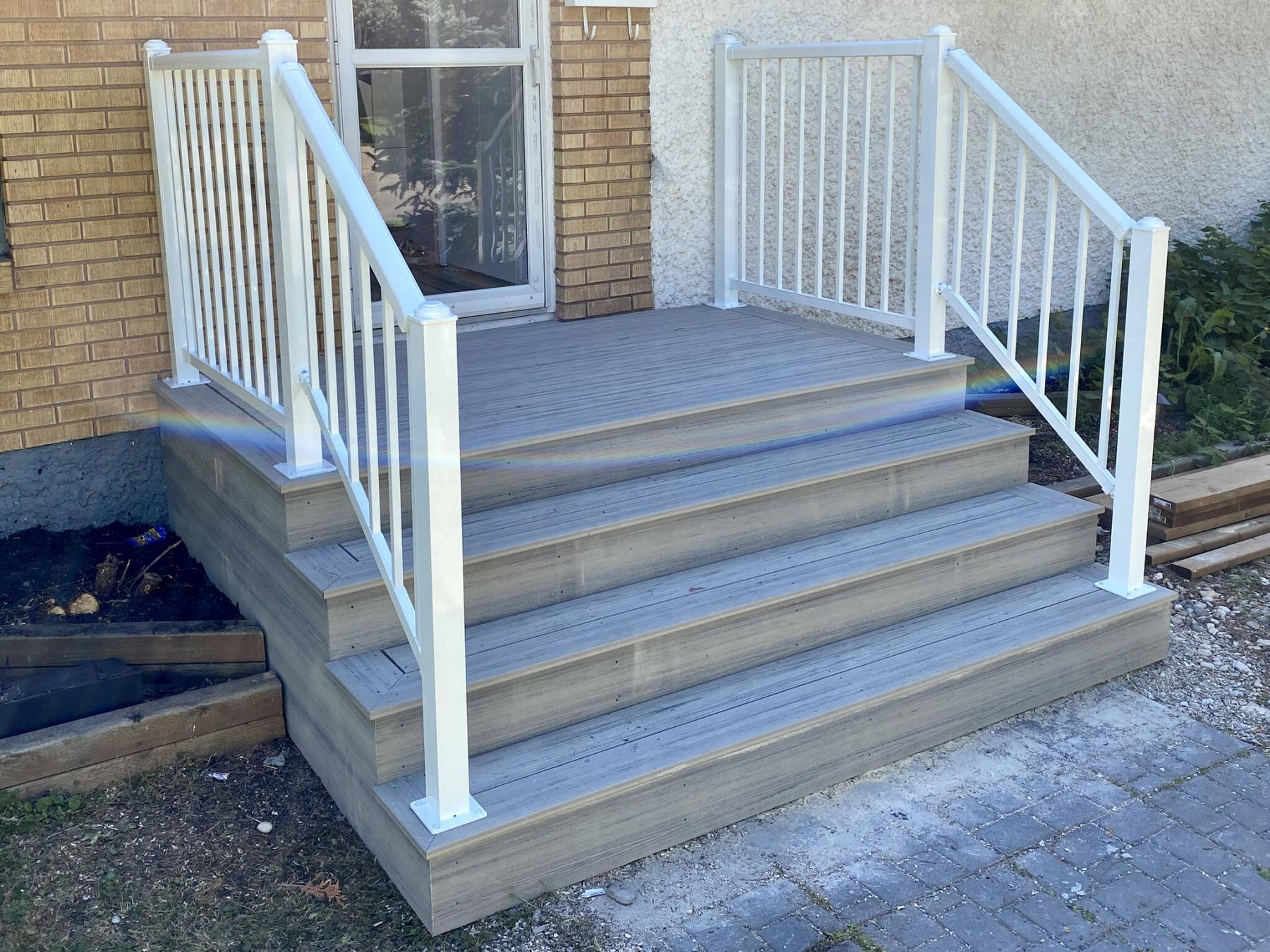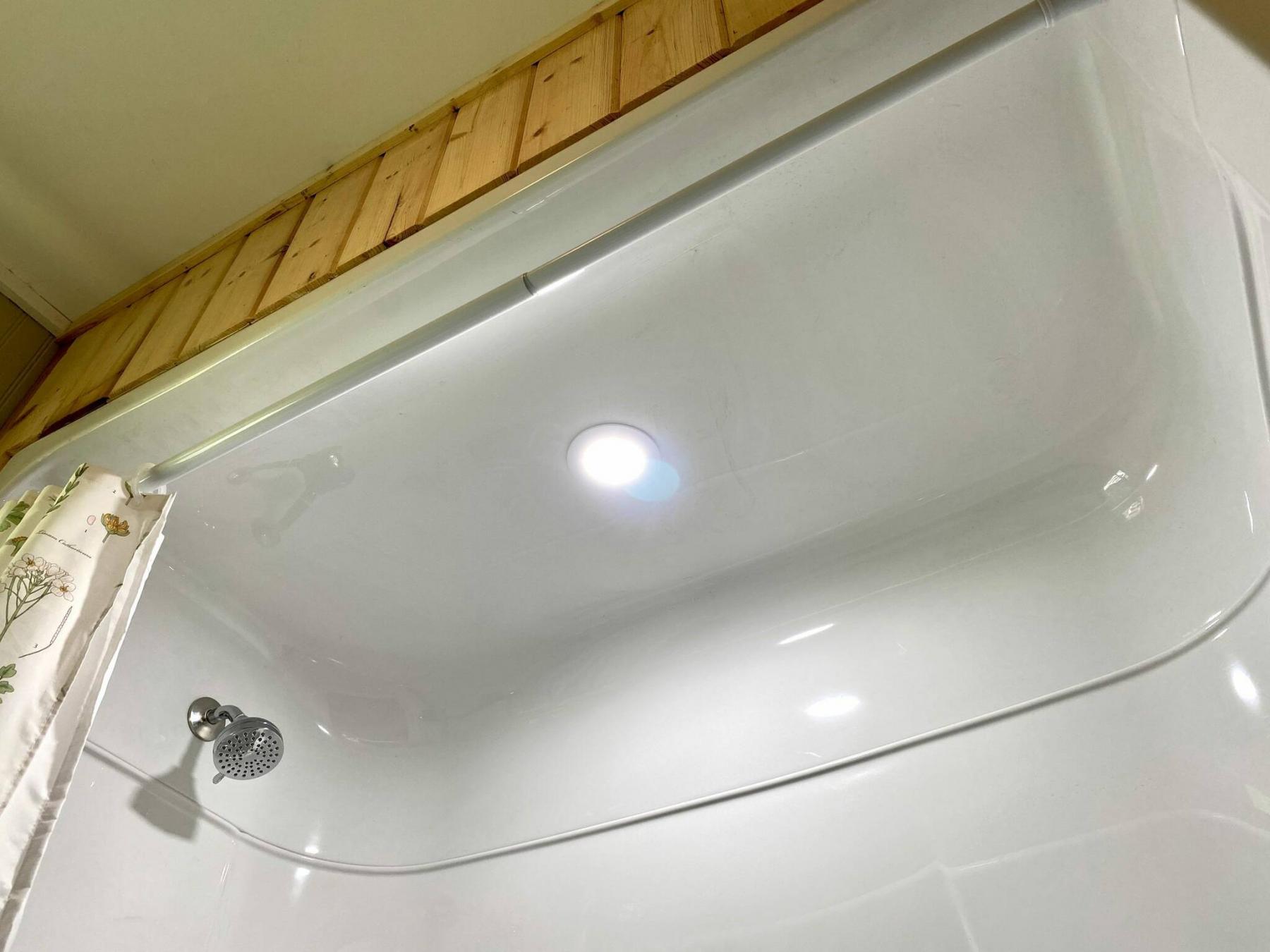Renovation & Design
Renovation & Design
Turtle Wax will make those kitchen vents sparkle
Question: The vents in my kitchen are caked with grease. I used your advice and washed them in the dishwasher. When I took them out, they looked brand new. Is there any way to prevent dust and grease from quickly building up, so that I don’t need to clean them as often? JB
Answer: Reduce the amount of frying in your home and your vents will stay cleaner longer. Coat both sides of the vents with a soft cloth and Turtle Wax. The job takes a little time, but the results are worth the effort.
Question: I always enjoy your column and terrific advice on life’s many problems. I have a tall Contigo mug, which I mostly use for ice water, soft drinks, etc. I am NOT a coffee drinker. My husband accidentally switched his top for mine and now my top has a strong smell/taste of coffee.
I have tried soaking the screw-on top in a mixture of vinegar and baking soda for 24 hours. It helped somewhat, but the taste of coffee still lingers. Most unpleasant. Would you have any other suggestions for trying to get rid of the taste and smell, or will I need to purchase a new Contigo? Lesley
Answer: There are several solutions for getting rid of the smell, and it will continue to lessen over time. First step, wrap the lid tightly with newspaper and leave for 24 hours. If the odour lingers, wipe the lid with yellow mustard. Leave for one or two hours and wash with water.
Question: Can you tell me how to remove a heat stain from an oak table?
Thank you, Lynn
Answer: The first and easiest solution is to apply mayonnaise or non-gel, non-bleach toothpaste to the wood. Leave for 30 minutes and wipe. If the stain remains, cover the mark with a white cloth. Using the steam setting on your clothing iron, wave the iron over the top of the cloth, making sure you do not leave the iron on one area. Be cautious not to damage the finish of the wood.
Question: Every year we have an ongoing battle with fruit flies. Any ideas of how to rid ourselves of them? Kris
Answer: The first step is to get rid of the source. Store all fruit in the fridge until at least the first frost; this will greatly cut down on the fruit fly population. Eliminate exposed food sources such as bread, fruit, potatoes and crumbs. Wash dishes regularly and empty garbages, take out compost buckets and clean drains and garburators. Hang dishcloths instead of allowing them to sit in a damp pile; this is a perfect breeding area for flies.
Plant soil is another breeding area for fruit flies, therefore it is important to wait until necessary to carry plants inside for the winter.
Purchase a restaurant-style, funnel-cap vinegar dispenser. Fill with wine or vinegar. Cap and set near the kitchen sink. Fruit flies are attracted to the smell of fermenting fruit. Some people like to take this one step further and place the dispenser onto a cardboard glue board.
Extra Tip: Storing bananas during fruit fly season is easier than you may think. Store fruit in the fridge, inside an opaque plastic bag. The bananas won’t turn brown for several days, and they stay fresh longer than if left on the counter.
Another option is to purchase a fruit fly trap manufactured by Terro, Raid, or other such companies; these are available at hardware or department stores.
Reena Nerbas is a popular motivational presenter for large and small groups; check out her website: reena.ca. Have a great suggestion or tip? Please send an email.
info@reena.ca
Renovation & Design
Is spray foam insulation suitable for stone foundations?
Question: We live in a 110-year-old home in the Wolseley area of Winnipeg. There is a stone foundation and the basement currently has batt insulation. My husband and I are considering spray foam insulation, but have heard many different opinions about whether that’s the way to go, or not. What would you suggest? Thanks, Julia.
Answer: Insulating the inside of a foundation with high density spray-on polyurethane foam may be the best method, regardless of the composition of the walls. While there is still much debate over possible negative outcomes of this construction procedure on stone foundations, only time will tell if those potential issues will come to pass, or if they are purely theoretical.
Right off the bat, replacing batt insulation that is applied to the inside of a foundation in our climate with any type of moisture-resistant materials will be a huge upgrade. This not only applies to concrete foundations, but also to older limestone or rubble ones common in this area. Fibreglass batts, commonly used for this purpose, are a poor choice for two main reasons. First, they are subject to easy absorption of moisture, whether it is wicking it up from a damp basement floor, from melted frost on the inside walls, or from seepage typical of really old stone foundation mortar. Either way, if that type of insulation gets wet it becomes thermally ineffective and subject to mould growth from dirt and other particles suspended in the fibres.
The second reason not to use fibrous batts is due to the lack of resistance to air movement through the insulation. The fibres only slow down air movement, which can lead to a loss of heat energy, increasing the possibility of condensation and frost development. That is why heavy 6MIL polyethylene sheathing is required to be installed on the warm side. This poly air/vapour barrier may only be effective at stopping warm air intrusion into the wall cavity if it is extremely well sealed, especially at the top and bottom. That can be very difficult to achieve in an older basement. So, replacing your older batts with better insulation should always be an improvement.
Any insulation used for this upgrade should be waterproof, easy to apply, and highly resistant to air penetration to be most effective. While rigid extruded polystyrene, or other similar products, easily fit these criteria they have one major detraction for installation inside your stone foundation. They are flat and rigid and will not be able to conform well to the contours of the individual stones and mortar comprising your foundation walls. If a significant number of gaps are left behind even this high-quality insulation, air will be able to sneak in. That will still be a recipe for condensation and frost, which will likely lead to wet floors during the spring thaw.
This leaves us with a dilemma about whether to use the flexible fibreglass or mineral fibre batts, which may be able to fill most of the gaps between the individual stones in your foundation or rigid foam that can’t serve that purpose. The simple answer is to use neither in your pursuit of a totally covered, well insulated and sealed foundation wall with good moisture resistance. The solution is two-part, high density foam that is mixed onsite and applied by spraying on in a liquid form. This material will fill every nook and cranny and forms a hard, crusty surface after the short curing time. A minimum of two inches is required to achieve good air resistance, but more may be desired for a better thermal seal. That can be done by spraying successive layers, normally no thicker than three inches each time, due to the extensive heat-generating properties of the foam as it cures. Otherwise, two to three inches of foam can be installed in a single application, later to be covered with less expensive conventional insulation, to achieve a higher thermal insulating value.
The main concern I have heard with this method, for older stone foundations, is the performance of the foam over time to potential moisture penetration from the stone wall. Will this become wet on the exterior-facing side, creating an environment for mould growth and mortar deterioration? If the foundation is persistently damp, will the foam even stay adhered once the wall is covered up? My expectation is that applying a thick layer of this plastic foam to the inside of the older walls will not only help the structural integrity, but may also prevent moisture intrusion on the inside. Unless the foam is sprayed on a wet wall, or one where the mortar is loose and deteriorated, it should adhere better than almost any other building material I have seen. This should help partially seal the inside of this structural element from periodic seepage, but will also prevent condensation, by not allowing the warm interior air to touch the cold surface of the foundation in the winter.
There are theories about a stone wall performing better if the mortar is slightly damp, rather than dry, but I think that is just speculation. Also, there are opinions that the inside of the stone wall should be completely uncovered, allowing the inside heat to prevent any moisture in the mortar and stones from freezing in the coldest weather. That may be somewhat true, but is an equal risk with the current fibreglass batts, as well. If the wall is going to be insulated from the warmth of the home, much better to do it with poly foam than other poorer quality substitutes.
In my experience, the best way to insulate the interior of an older stone foundation wall is undoubtedly with spray-applied, high density polyurethane foam. This product has only been in common use for this purpose in our area for a little over a decade, and appears to have performed well. The coming years and decades should tell whether its use is a true success or a failure.
Ari Marantz is the owner of Trained Eye Home Inspection Ltd. and a Registered Home Inspector (RHI)(cahpi.ca). Questions can be emailed to the address below. Ari can be reached at 204-291-5358 or check out his website at trainedeye.ca.
trainedeye@iname.com
Renovation & Design
Sunny yellow spaghetti squash is good to GO
Question: How do you know when spaghetti squash is ready to pick? Also, please share good recipes for it? Sera-Lynn
Answer: There are a few cues to look for when it comes to spaghetti squash readiness. First, observe the colour. When the fruit has turned a sunny yellow, it’s ready for picking. If you can’t easily poke the skin with your fingernail, it is not ready.
Spaghetti squash takes a while to bake, so plan your time. Cut the fruit in half, lengthwise and season with oil, salt and pepper. Place on a baking sheet and bake for about 40 minutes at 400 degrees. Add margarine or butter, as desired. Scrape out the squash using a fork. Eat as is, or combine with ingredients such as kale, spinach, or chickpeas. Another option is to top with warm tomato or marinara sauce and add cheese.
Question: My tub has glass doors with a metal base. The caulking has failed, and I have a crusty, brown deposit on the tub. Any suggestions to remove it? Rose
Answer: Fill the bathtub with hot water and Iron Out. After the water cools, wear gloves and scrub with a green scrubby pad. Other options are to clean with vinegar and baking soda, or hydrogen peroxide. The key is to allow the product to work for at least 30 minutes and then scrub, with a pad, not a washcloth.
Question: How do I make my diamonds sparkle? I recently moved outside of Winnipeg, and we do not have a jewelry store nearby. Xiaosu
Answer: Soak the diamonds in dish soap and water. This is effective because dish soap is formulated as a degreaser. Another option is to clean with window glass cleaner (which is ammonia). Rinse with water.
Question: We have a brand-new upholstered fabric headboard that smells musty. How can we get rid of the odour? Grant
Answer: Assuming the headboard fabric is washable, clean it with one of the following solutions. Into a clean container pour ten drops of tea tree oil and one tsp dish soap. Fill the bucket with warm water. Wipe well and rinse with clean water. Or spray the headboard with shaving cream, scrub with a cloth and rinse with water. Dry with a warm hair dryer. The smell may be coming from the chemicals used in manufacturing the headboard and should disappear over time.
Feedback from clever contributor
Re: Keurig Not Working Properly
‘Burping’ a Keurig is often a fix for a maker that makes noise, but not coffee. Empty the reservoir, blow with a straw through the water intake and then turn it over (over a sink, of course) and ‘burp’ it (bang it on the bottom). Works liked a charm on ours. Kelly
Tips of the Week
• When I’m in a hurry, I make individual meatloaf servings. Use a retractable scoop to fill a muffin tin with the ground-meat mixture. Press each portion with a spoon. Bake the little meatloaf’s for about 20 minutes. Freeze the leftovers. Irene
• Here is an easy and impressive dessert. Melt chocolate in a bowl. Pour into silicone muffin cups, so that the entire muffin cup interior has chocolate in it. Turn the muffin tray upside down over the bowl to pour out excess chocolate. Place the muffin tray in the fridge. After 10 minutes remove from the fridge and pop out the chocolate muffin cups. Fill with whip cream and strawberries, top with shaved chocolate. Reena
• Clean hairspray off bathroom walls by cleaning with hairspray. Alex
Have a great suggestion or tip? Please send an email. Reena Nerbas is a popular motivational presenter for large and small groups; check out her website: reena.ca.
info@reena.ca


